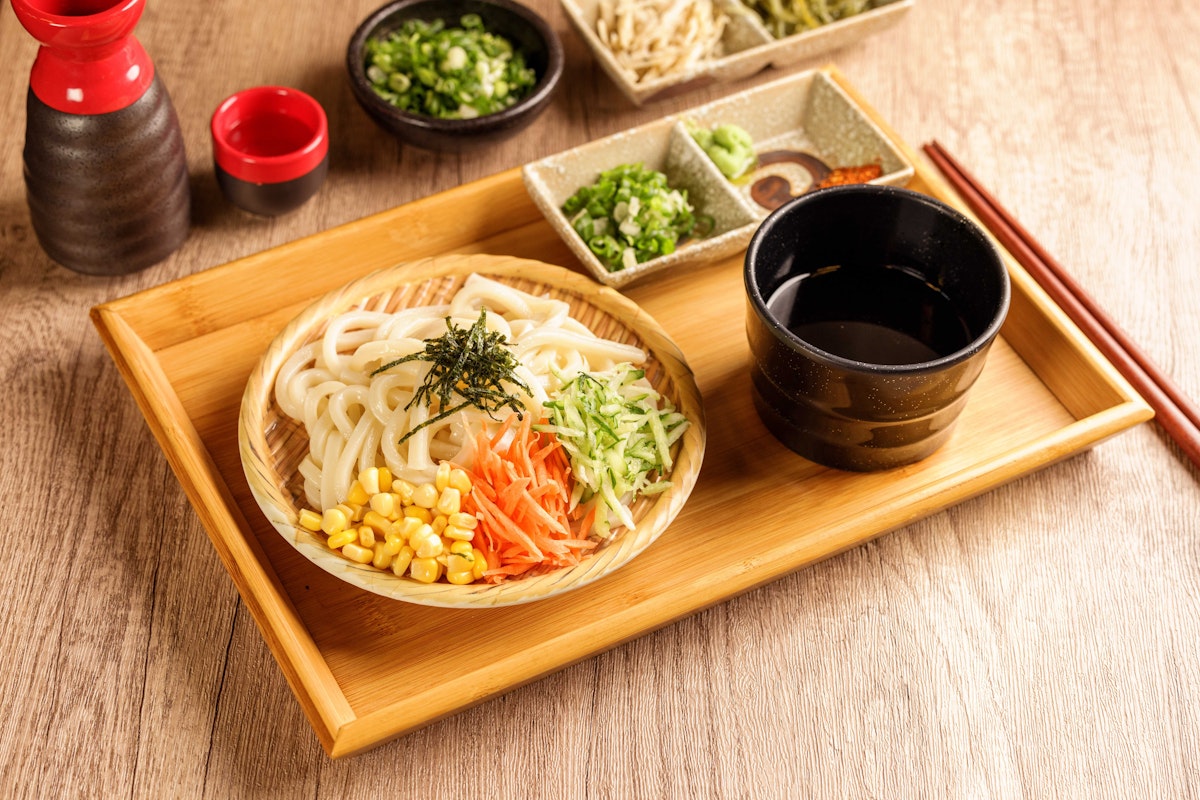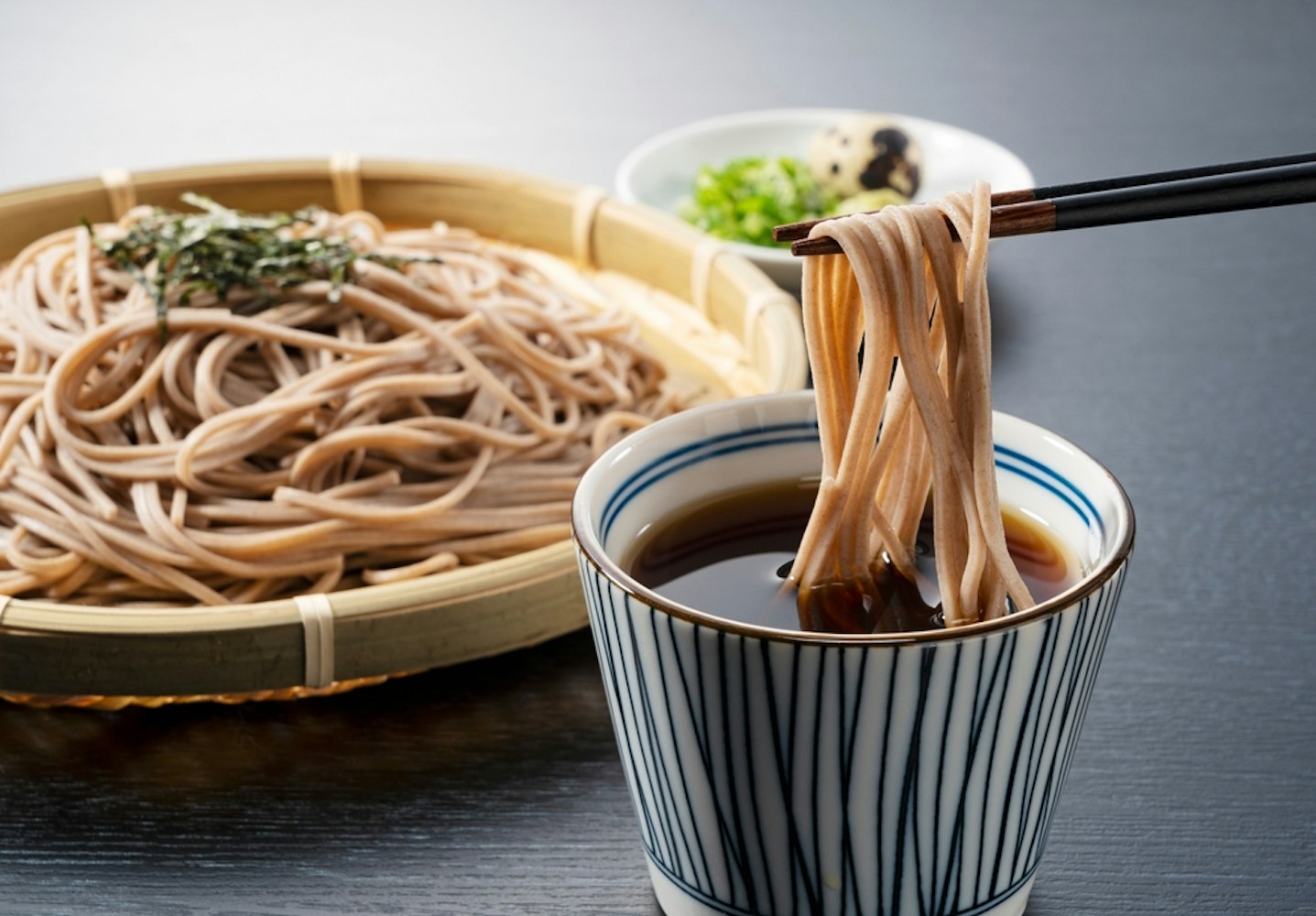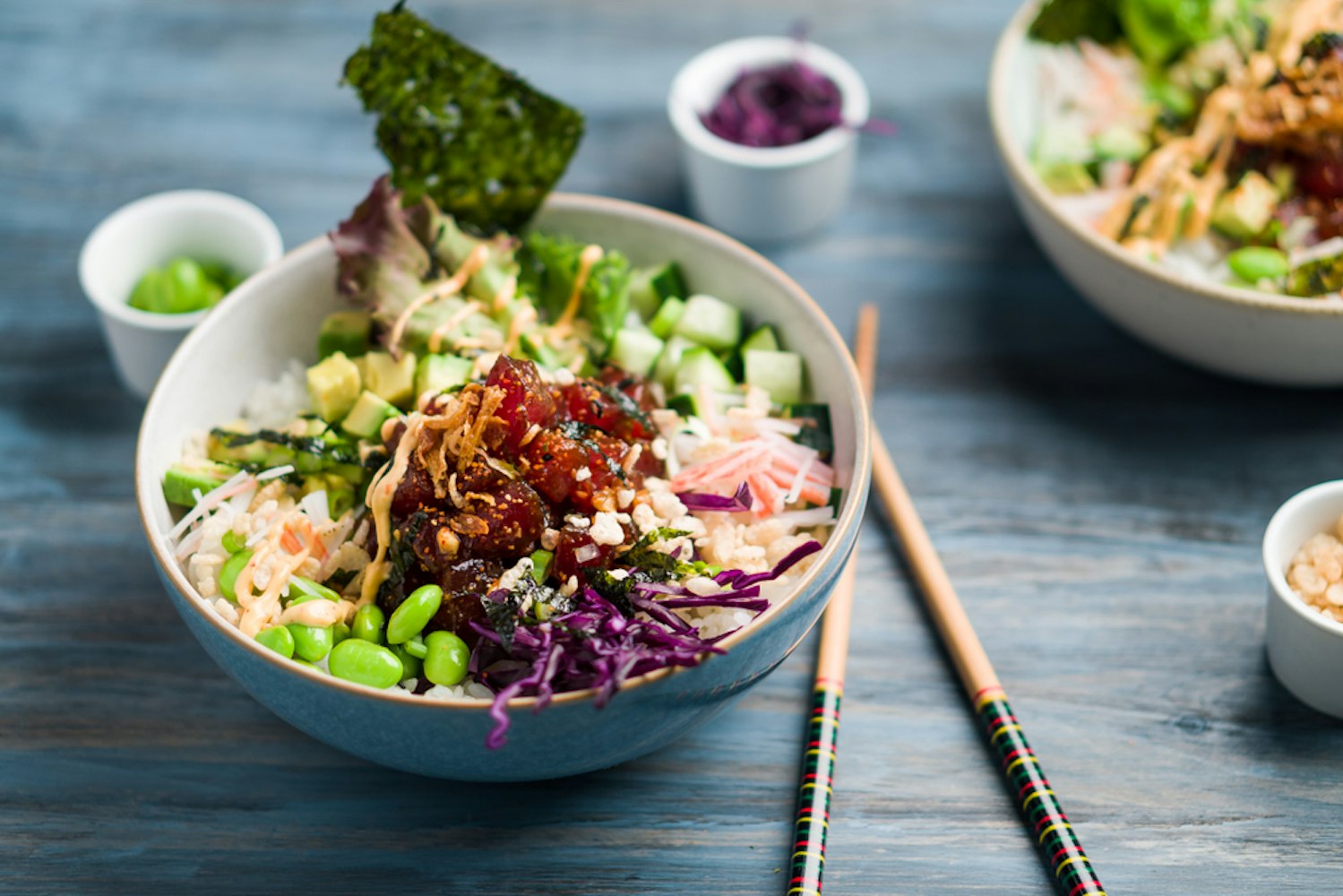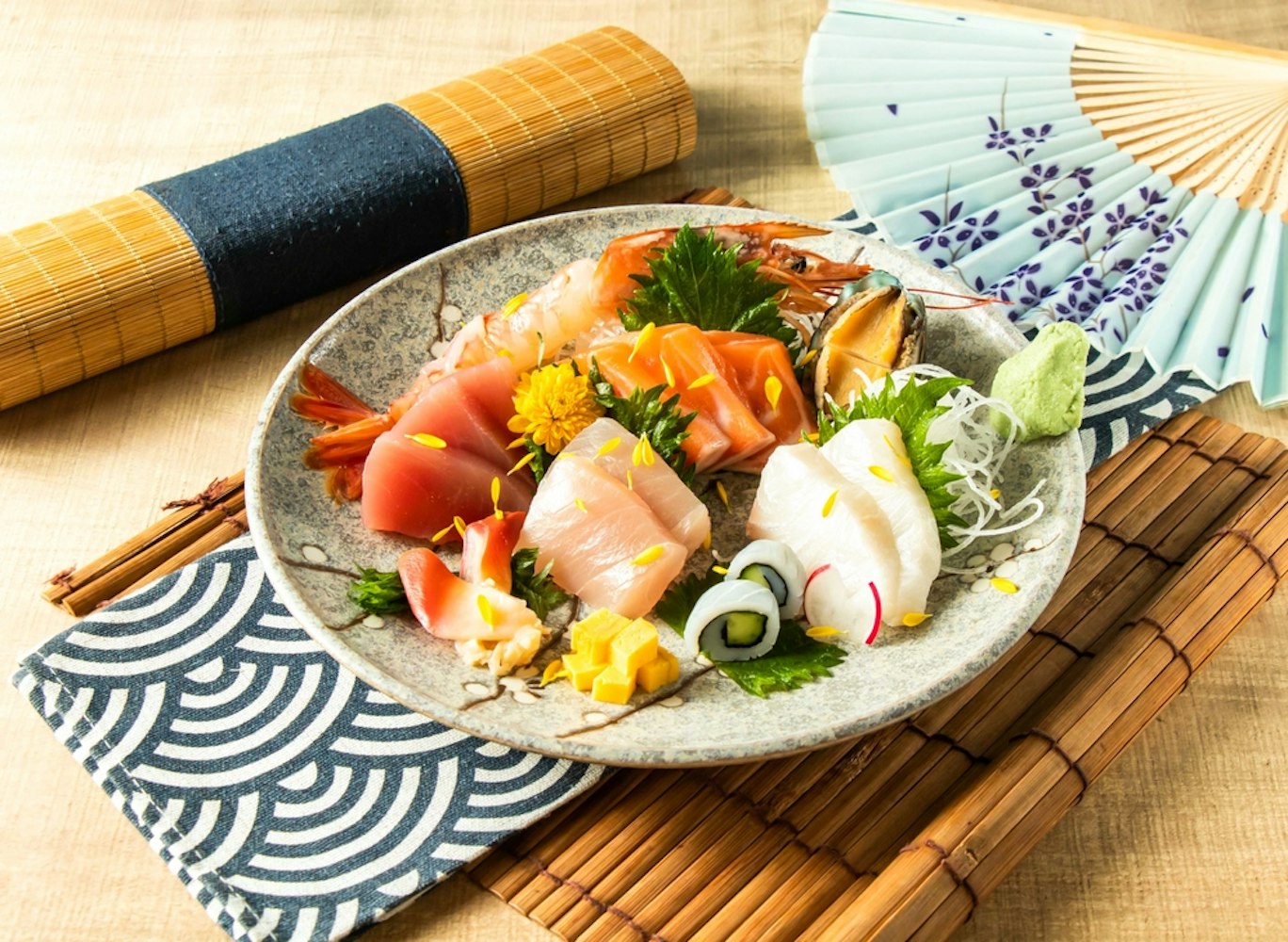

Japanese food culture is a treasure trove of tradition, history, and flavors that have captivated the world. Japanese cuisine embodies centuries of cultural values and culinary techniques, from the artful simplicity of sushi rolls to the comforting warmth of miso soup.
Japan's geographic location, religious beliefs, and interactions with other nations have shaped its development. This guide explores the fascinating journey of Japanese cuisine, its influence on global culinary culture, and the health benefits that make it more than just food—it's a lifestyle.

Japanese culinary culture has been shaped by its status as an island nation with abundant natural resources. Early influences came from China and Korea, bringing staples like rice, soybeans, and tea.
Over time, Japan developed its distinct cooking techniques and flavor profiles, favoring seasonal ingredients and a natural taste. The introduction of Buddhism in the 6th century significantly impacted Japan's food history.
Buddhist principles encouraged vegetarian cuisine, leading to the prominence of dishes made with vegetables, tofu, and Japanese pickles. Even today, Buddhist temples across Japan serve traditional vegetarian meals, known as "shōjin ryōri," which highlight the balance and simplicity of Japanese cooking.
During the Edo period (1603–1868), Japan's isolation policy preserved and refined traditional foods like miso soup, steamed rice, and noodle dishes. The Meiji era (1868–1912) introduced Western cuisine and increased meat consumption, leading to popular fusion dishes such as tonkatsu and curry rice.
Japanese cuisine has gained global popularity, with sushi bars and ramen shops becoming dining staples worldwide. This international love for Japanese food reflects its unique cooking techniques, natural flavors, and cultural appeal.

Religious beliefs have deeply influenced Japanese food culture. Shinto, Japan's indigenous faith, emphasizes harmony with nature, reflected in using fresh, seasonal ingredients and minimal seasoning to preserve natural flavors.
The Japanese word 'washoku' embodies the principles of harmony and balance, reflecting the deep cultural values associated with traditional Japanese cuisine. For example, traditional tea ceremonies, integral to Japanese culture, align with Shinto ideals of mindfulness and appreciation for nature.
Buddhism's introduction led to an emphasis on vegetarian dishes and minimal use of meat. Even after Japan lifted its ban on meat consumption in the Meiji era, these religious principles continued to shape the Japanese diet, balancing plant-based and animal-based foods.
Japanese cuisine offers a unique blend of simplicity and sophistication. It relies on key ingredients like soy sauce, miso, and soup stock (dashi) for flavor. Seasonal ingredients are central to ensuring freshness and variety in every meal.
Cooking techniques like steaming rice, grilling, and simmering highlight the natural taste of ingredients. Sushi rolls made with raw fish, vinegared rice, and seaweed exemplify the Japanese commitment to preserving purity and texture.
Another notable cooking method is tempura, which involves deep-fried skewers of seafood or vegetables cooked in a light batter.
A traditional Japanese meal consists of steamed rice as the main component and several small, complementary dishes. Standard sides include miso soup, which provides a warm and savory start, pickled vegetables for a tangy contrast, and grilled fish, which highlights the natural flavors of fresh seafood.
In Japanese dining culture, finishing all the food on your plate is considered respectful. It shows appreciation for the meal and the chef's efforts.
On special occasions, the dining table often features more elaborate dishes such as wagyu beef hot pot (shabu-shabu), where thin slices of premium beef are cooked in a flavorful broth, or beautifully prepared sushi rolls. To end the meal, desserts frequently incorporate sweet red bean paste, an iconic ingredient used in traditional treats like mochi, offering a subtly sweet finish that complements the overall meal.

Sushi and Sashimi: Raw fish combined with vinegared rice, served raw or in sushi rolls, is a quintessential example of Japanese cuisine.
Miso Soup: A staple of the Japanese diet, this soup features fermented soybean paste, dashi, and vegetables.
Udon Noodles: These thick noodles are beloved comfort foods in hot broth or dipping sauce.
Tempura: Deep-fried skewers of seafood and vegetables cooked to crispy perfection.
Rice Balls (Onigiri): Seasoned rice shaped into triangular or cylindrical forms, often filled with pickled or salty ingredients.
Matcha and Green Tea: These are central to traditional tea ceremonies and are celebrated for their health benefits.
Japanese restaurants abroad have introduced a variety of Japanese dishes, such as noodle soup, sushi rolls, and beef hot pot, to the Western world, sparking a culinary revolution. Fusion cuisine, which combines Japanese ingredients and techniques with Western flavors, continues to grow in popularity.
The appeal of Japanese food lies in its balance of taste and health benefits. Its emphasis on vegetables, seafood, and light cooking methods aligns with modern dietary trends, making it a favorite among health-conscious food enthusiasts.
Japanese food culture harmoniously blends tradition, religion, and innovation. Every dish tells a story of Japan's history and values, from the delicate flavors of traditional tea ceremonies to the hearty warmth of noodle soup.
Whether enjoying a bowl of udon noodles or savoring sushi at a local sushi bar, Japanese cuisine provides a distinctive dining experience that highlights natural flavors, health benefits, and artistic presentation. For anyone passionate about food and culture, exploring the history of Japanese food is a journey worth taking.
Whether in Japan or at Japanese restaurants abroad, this culinary tradition inspires and delights diners worldwide.



